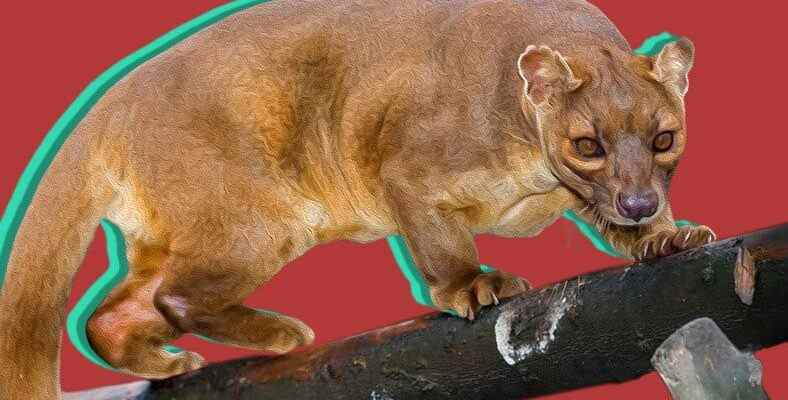Neither a cat, nor a monkey, nor a weasel… In this content, we will give you information about the fossa, whose exact resemblance cannot be deciphered. Let’s take a closer look at this creature whose scientific name is Cryptoprocta ferox.
We are going to tell you about an animal that is quite different from the ones we introduced earlier. It’s different because it’s a period what type it belongs to caused controversy.
Actually, we can’t exactly call it a cat because it is itself. catlike genus In a 1993 study, it was suggested that fossas were related to mongooses, but as a result of subsequent studies, it became clear that they were felines.
Fossa, Madagascar’s largest carnivorous mammal; It has a cat-like body, claws, and teeth.
It also has a long tail like a monkey and a round face like a marten with small ears. Therefore, as we mentioned above like many animals. The fur of the fossae, which has a short but bushy fur structure, is brown.
One of the most striking features of this animal is that it has a tail as long as its length. Their height is 60 to 80 cm between fossae their tails are also 50 to 70 cm varies between Their weight is between 5.5 kg and 8.5 kg.
The meaning of the scientific name is a little strange.
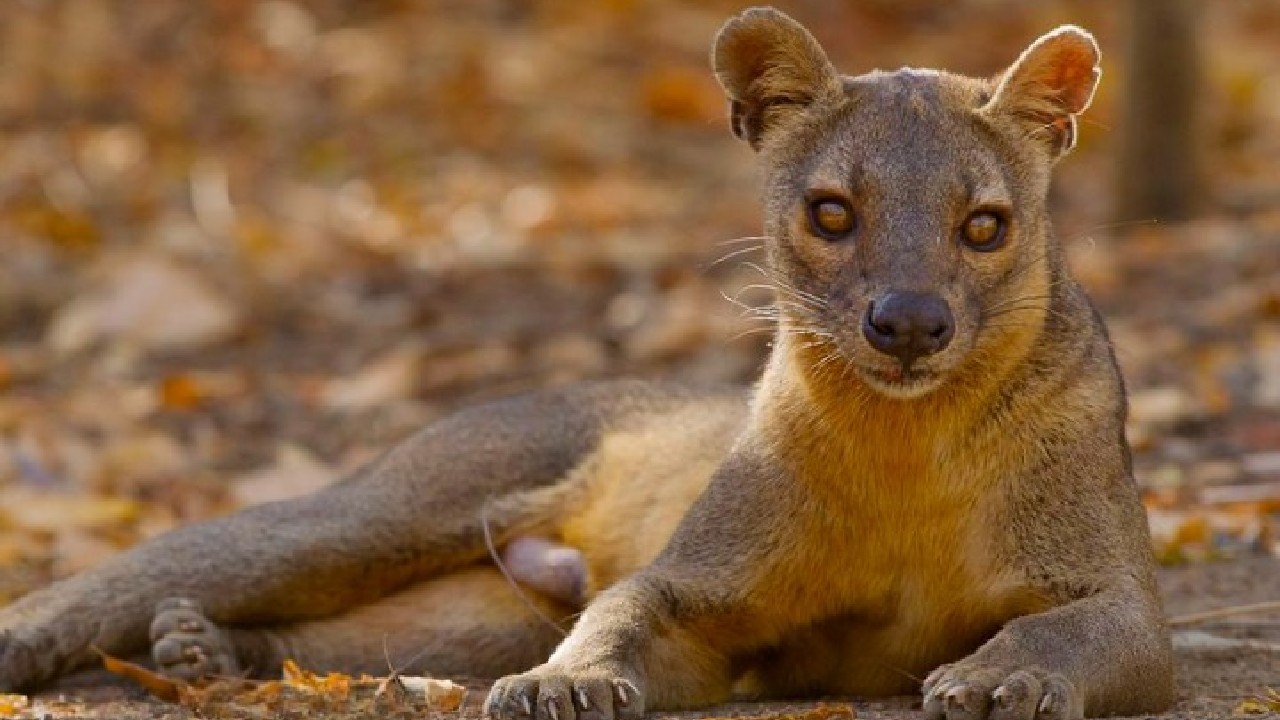
Scientific name of fossa Cryptoprocta ferox. When we translate it piece by piece into Turkish, an interesting and strange meaning emerges. Crypto means “hidden” and procta means “anus”. When these two are combined hidden anus a meaning emerges. Ferox means “wild, fearless, vicious”.
The fossa is called Cryptoprocta because its anus is hidden by the anal sac. The reason why it is called Ferox is because it is quite wild. because he himself Madagascar’s biggest predator is accepted as
Fossa has the ability to hunt day and night in any environment, regardless of tree or ground.
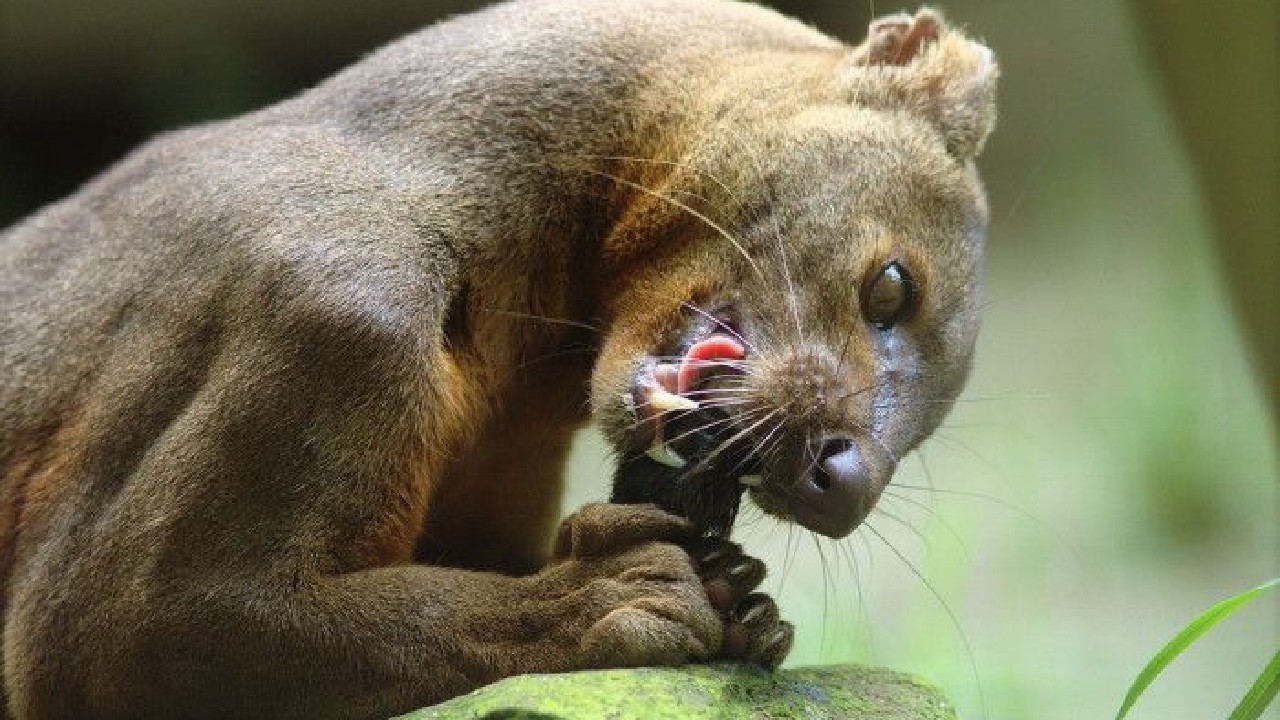
It usually feeds on fish, lizards, birds, frogs and insects. So a complete carnivore and mostly likes to feed on lemurs. Preferring to live in untouched forests, fossae can live in all known forests of Madagascar. However, the vast majority live in the island’s dense rainforests.
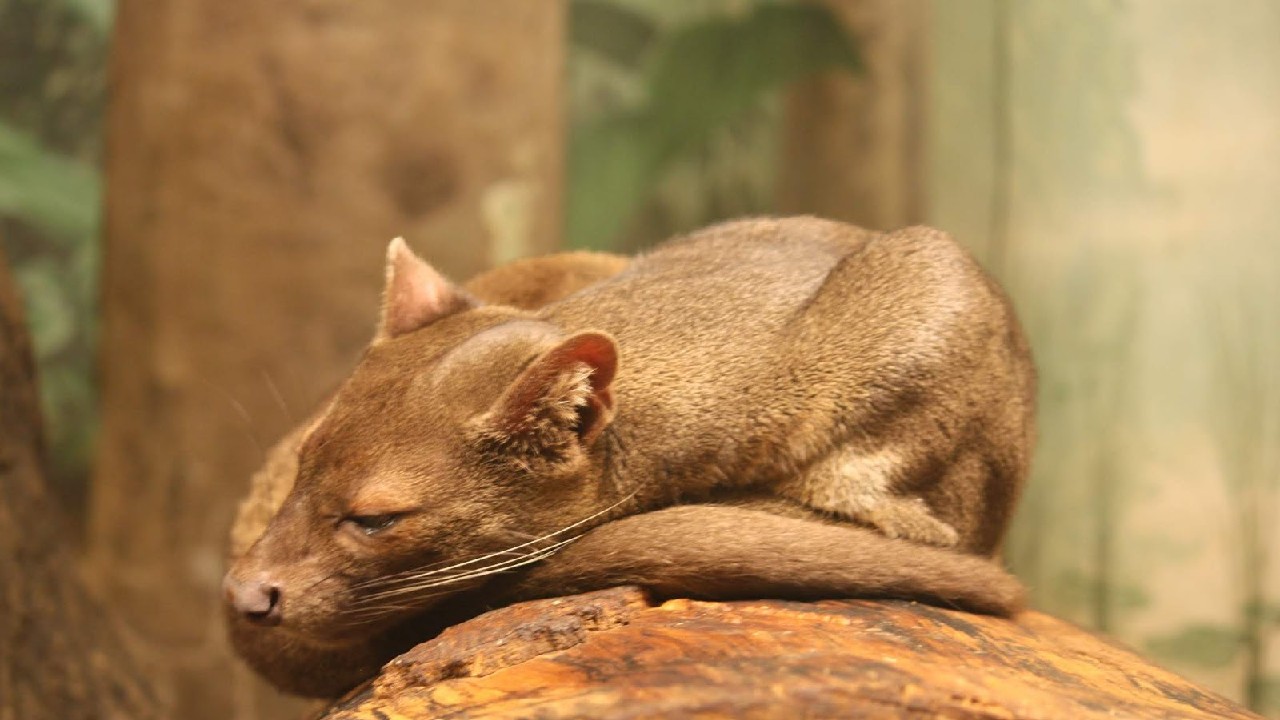
Most of the time, fossae choose to be alone and do not stay long where they rest or sleep. Approximately they can travel alone in an area of four square kilometers. However, maternal fossae live together with their offspring until the young are one year old.
In the fossa, which often makes a sound during mating, the threads are in the hands of the female when it comes to mating.
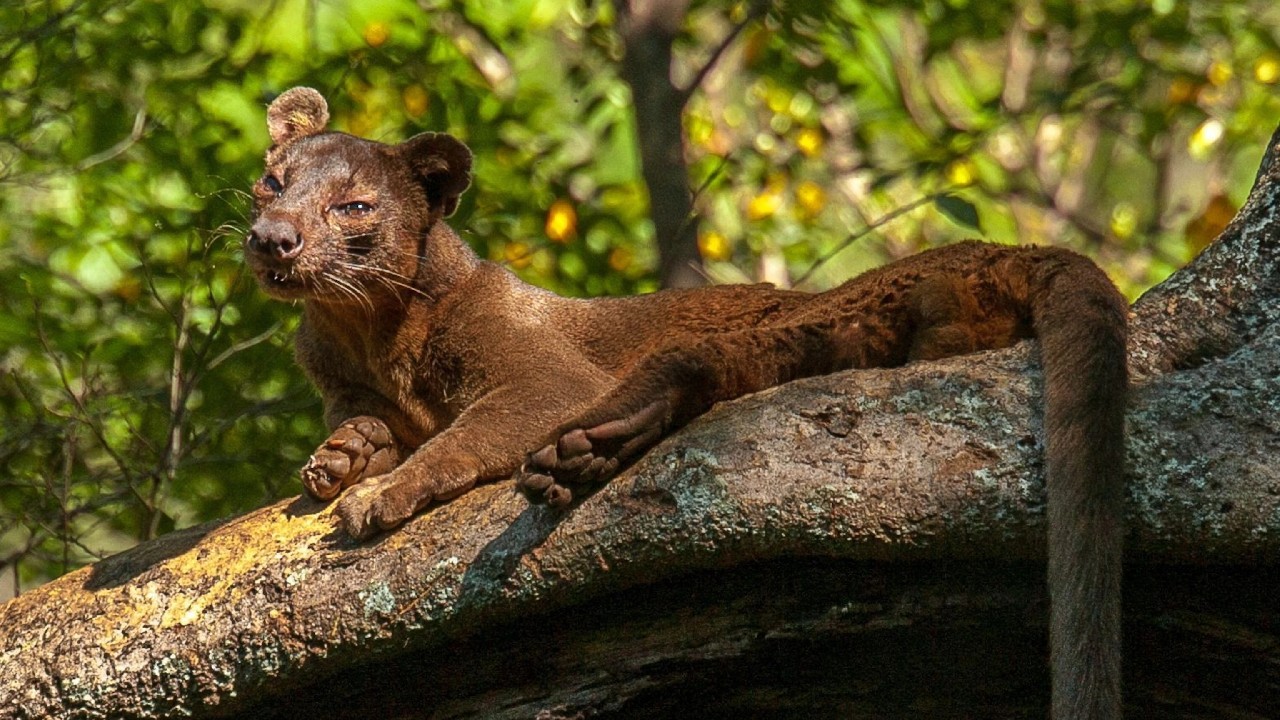
A female stands at the top of the tree and chooses the winner or whatever she chooses from the males fighting under the tree for mating. There may even be a situation where the female may choose several more candidates to mate over the following weeks if she wishes. of fossa They are known to take several hours to mate.. The reason for this is the backward facing spines on the genitals of the male fossa.
The female fossa can give birth to an average of six cubs. Babies are weaned after 4.5 months and begin to live independently after a year. A The average lifespan of the fossa is 20 years..
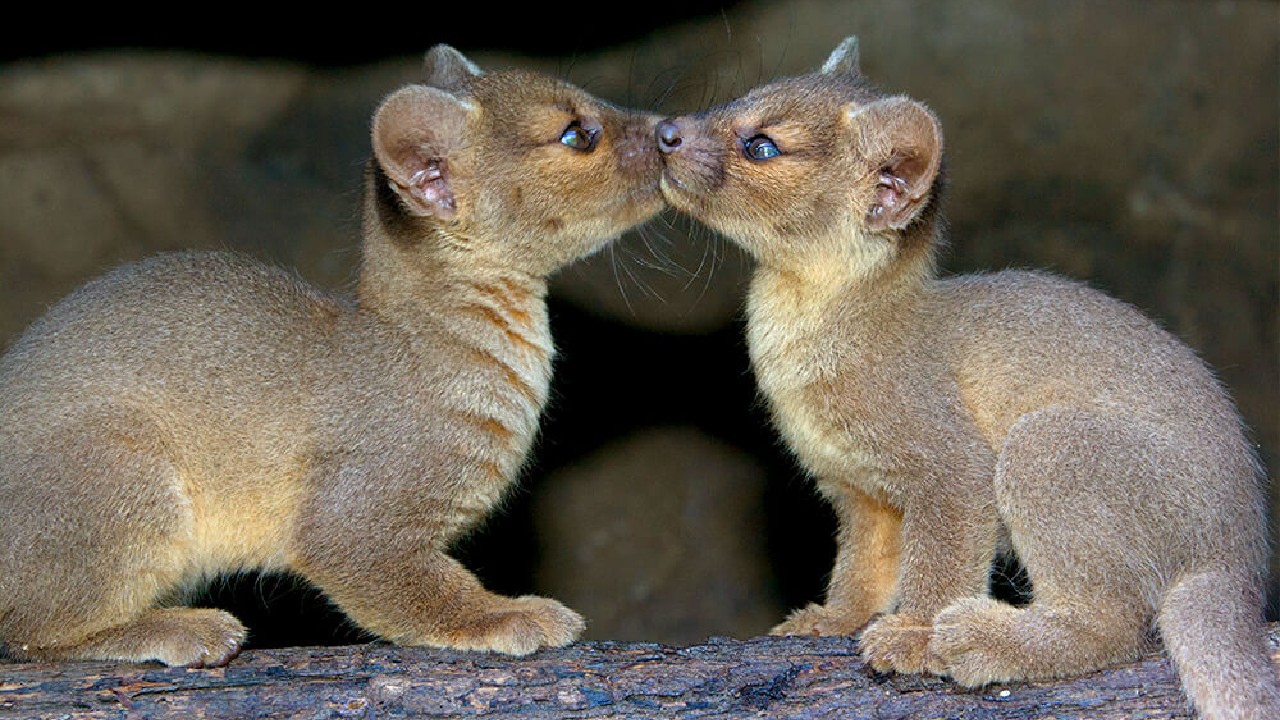
So how do they communicate?
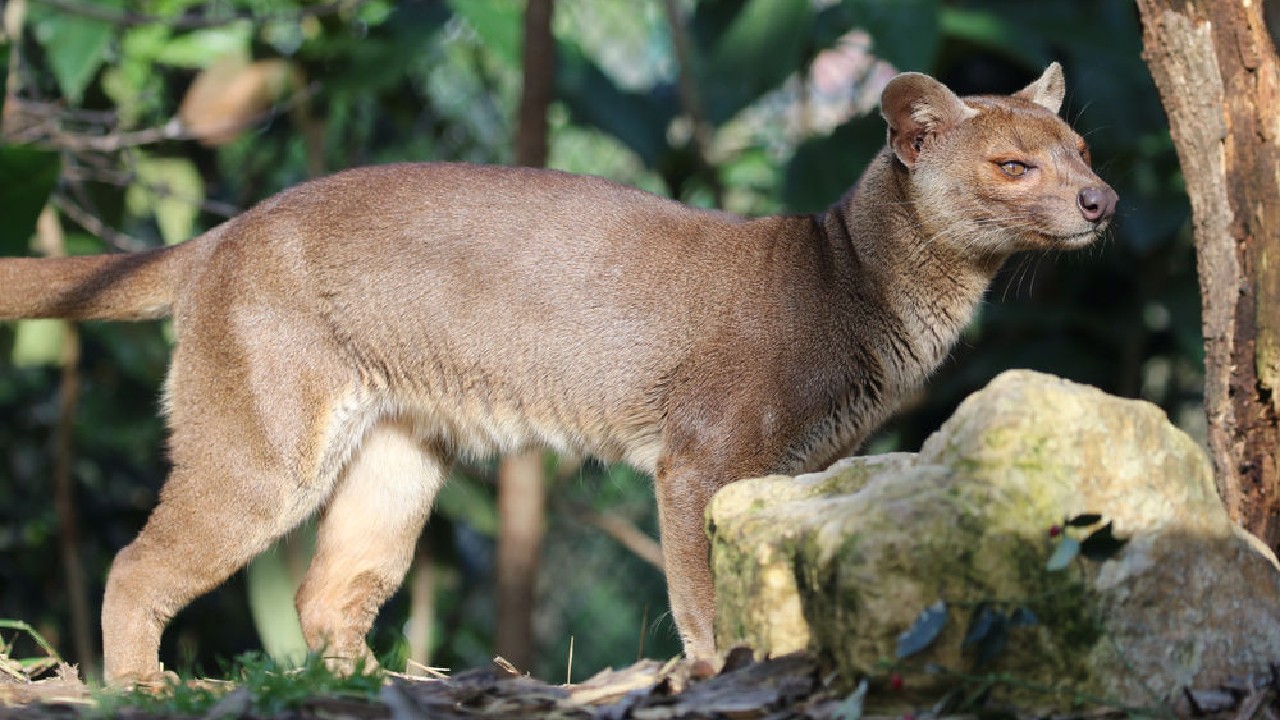
Fossas communicate by marking the region with the substance they secrete from the glands in their chest and tail. A fossa that is frightened or disturbed emits a rather pungent odor. At the same time The female fossa meows or purrs to impress the male fossa. Men howl when fighting.
Their lineage is highly threatened, as their habitats have been heavily destroyed in recent years. In the world It is estimated that up to 2,500 fossae remain..
RELATED NEWS
